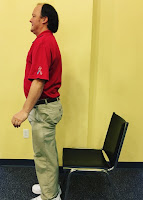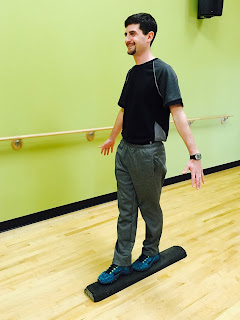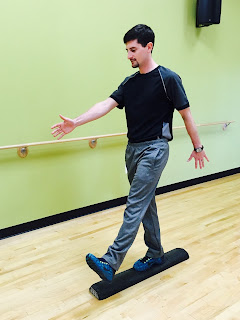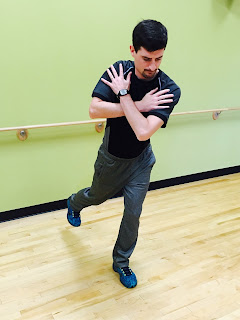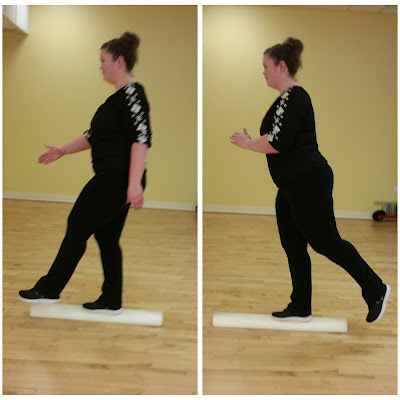This Blog will provide valuable information and tips on how to maintain a healthy brain through exercise. June being Alzheimer’s & Brain Awareness Month is a perfect opportunity to shed some light on the importance of brain health. One key aspect of maintaining a healthy brain is regular exercise. Research has shown that physical activity not only benefits our bodies but also has a positive effect on cognitive function and brain health. Incorporating regular physical activity into our routines has been shown to improve cognitive function, reduce the risk of cognitive decline, manage risk factors, improve mood and even potentially lower the risk of developing Alzheimer’s disease.
The Benefits of Exercise on Brain Health:
- Improved Cognitive Function: Regular exercise has been linked to improved memory, attention, and overall cognitive function. Physical activity stimulates the release of chemicals in the brain that support the growth of new brain cells and connections. One of the key chemicals involved in this process is called brain-derived neurotrophic factor (BDNF). BDNF plays a crucial role in promoting the growth, survival, and differentiation of neurons in the brain.
- Reduced Risk of Cognitive Decline: Studies have shown that individuals who engage in regular physical activity have a lower risk of developing cognitive decline as they age. Exercise can help protect against conditions like dementia and Alzheimer’s disease. Regular physical activity increases blood flow to the brain, delivering oxygen and nutrients that are essential for brain function. This helps in maintaining the health of brain cells and supporting cognitive abilities. Regular exercise also helps to reduce inflammation. Chronic inflammation in the brain is associated with cognitive decline and neurodegenerative diseases like Alzheimer’s. Exercise has anti-inflammatory effects, reducing inflammation in the brain and protecting against damage to brain cells.
- Enhanced Mood and Mental Well-being: Exercise is not only beneficial for the brain but also for mental health. Physical activity releases endorphins, serotonin, and dopamine, which are neurotransmitters that improve mood and sleep, reduce stress and anxiety, and enhance mental well-being and focus. Maintaining a positive mood and managing stress levels can have a protective effect on brain health.
- Manages Risk Factors: Regular physical activity helps in managing various risk factors for cognitive decline and dementia, such as high blood pressure, diabetes, obesity, and cardiovascular disease. By improving overall health and reducing these risk factors, exercise can lower the likelihood of developing cognitive impairments.
Tips for Incorporating Exercise into Your Routine:
- Find an Activity You Enjoy: Whether it is walking, cycling, dancing, or yoga, choose an exercise that you enjoy to make it easier to stick to a routine.
- Set Realistic Goals: Aim for at least 150 minutes of moderate-intensity exercise per week to reap the full benefits for your brain and overall health. Start with small, achievable goals and gradually increase the intensity and duration of your workouts.
- Stay Consistent: If you are having trouble staying on track to achieve your goals or lack the motivation it takes to get started and keep it consistent on your own, you may want to consider working with a Trainer. Working with a trainer can provide valuable motivation and accountability, helping you stay consistent with your workouts and reach your fitness goals more effectively.
By incorporating regular exercise into our lifestyle, we can support brain health, reduce the risk of cognitive decline, and potentially lower the chances of developing conditions like dementia and Alzheimer’s disease as we age. It is important to engage in a combination of aerobic exercise, strength training, and flexibility exercises to reap the full benefits for brain health.
Blog by Ally Wilson–
Ally, the author, has been a certified Fitness Instructor since 1994. She has taught a wide variety of formats including Step, Floor Aerobics, Aqua, Cycle, Muscle Conditioning, Kickboxing, Pilates, Zumba ® Fitness, Yoga, Tai Chi and Burdenko. Ally was a licensed Zumba® Fitness Instructor from 2006 – 2014. During this time, she auditioned and was selected by Zumba® to be one of the original groups of Zumba® Jammers teaching her own original Latin and International dance fitness choreography to other licensed Zumba® Instructors from all over New England. Ally’s hobbies include spending time with her family and friends, riding her horse Lola and any outdoor activities that she can get into.



